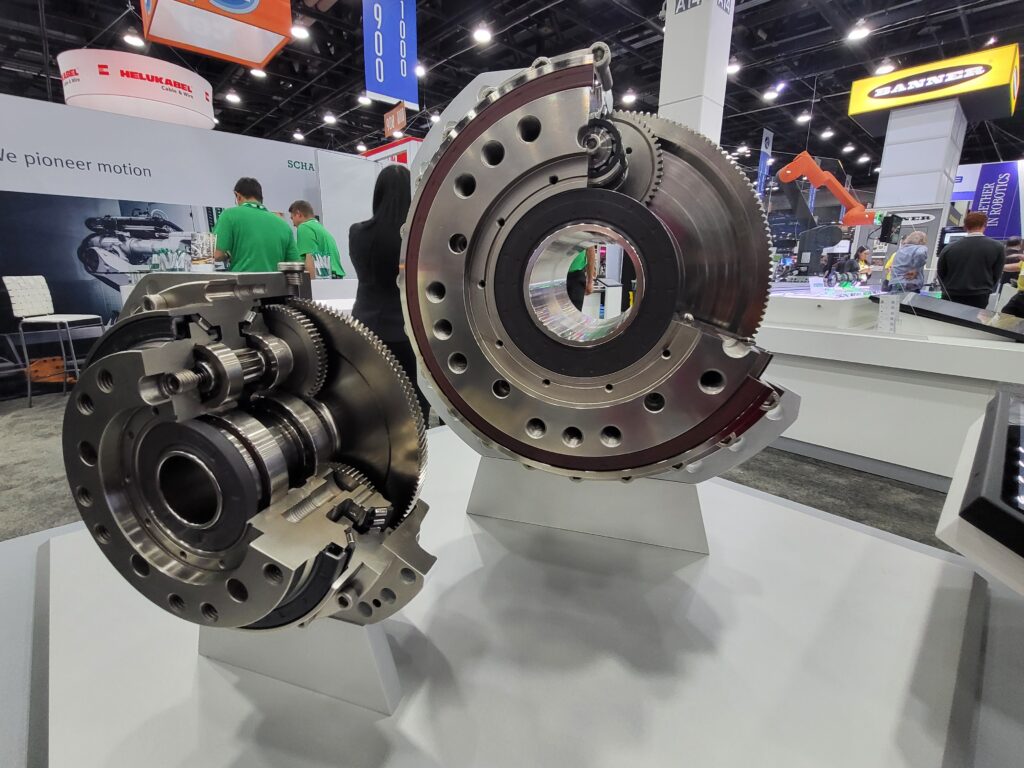
The impact of economic trends on the motion control market: In conversation with Tim Dawson, Interact Analysis
March 7, 2025
By
Sukanya Ray Ghosh
As space constraints and fluctuating demand challenge manufacturers, decentralizing motion control systems offers greater flexibility and scalability. Learn how this trend is reshaping automation solutions in the industry.
 (Photo: Annex Business Media)
(Photo: Annex Business Media) Global market intelligence firm Interact Analysis recently released a report stating that the global motion controls market contracted by seven percent in revenue terms during 2024. This reportedly follows a significant period of growth for the motion controls market between 2020 and 2023. Soft manufacturing demand was the primary cause of the decline.
Tim Dawson, vice-president of research for industrial automation at Interact Analysis, in a conversation with Manufacturing AUTOMATION, discusses current global trends in motion control.

Tim Dawson, vice-president of industrial automation at Interact Analysis
Manufacturing AUTOMATION: With the rise in mobile robots and small payload industrial robots, how do you see motion control technology evolving to support these trends in manufacturing automation?
Tim Dawson: We have already seen motion control technology evolve with the development of integrated motors and drives specifically tailored to AGVs/AMRs. We also expect to see an increase in ultra-low voltage motors and drives (< 60 v) to accommodate these predominantly battery-driven (24 v or 48 v) applications.
MA: How do you think the ongoing developments in industrial automation will influence the demand for motion control in different manufacturing sectors?
TD: Motion control is a component present in many of the key technologies looking to create a more robust supply chain i.e. AGVs/AMRs, humanoid robots, and industrial robots. Continued scalability of motion control products helps bring down the overall cost of these technologies, helping to create a more robust supply chain.
MA: Can you elaborate on the importance of adapting motion control technology to more flexible and scalable automation systems, especially in response to fluctuating manufacturing demand?
TD: Decentralization is a trend that is growing in importance within the motion controls market. Space is increasingly at a premium for manufacturers (both on the factory floor and in control cabinets) and decentralization can help reduce the space taken up by automation systems. Additionally, there is a growing need to create more flexible conveying lines. In this regard, modularity can be achieved through decentralizing motion systems, enabling greater flexibility.
MA: How do you see AI and machine learning technologies integrating with motion controls in industrial automation to improve operational efficiency?
TD: In the short term, the most likely use case for AI in the motion controls space is predictive maintenance. While there have been questions surrounding the feasibility of predictive maintenance in recent years, the advent of AI will accelerate it becoming a reality. Ultimately, the pace at which AI is evolving is so fast that predicting the most likely use cases over the long term is challenging. It is possible that entirely new applications for the technology, previously unheard of, will emerge over the next few years.
MA: What are the key drivers behind the projected growth in the Americas motion controls market in 2025, and how can companies capitalize on this growth?
TD: At the time our forecast was produced (early November) our expectation was that economic uncertainty would diminish in the U.S. after the presidential election and investment into manufacturing would be strong. However, while key indicators suggest a return to growth in the North American market, we believe there is now a risk to our forecast from the recent return of inflation and the uncertain political environment. The U.S. manufacturing sector was the first to bounce back from the destocking trend, which plagued the market in 2024. As a result, its return to growth is expected to come much sooner than in other regions. Companies that prioritize the region amid struggling European and APAC motion control sectors are likely to see more organic growth in 2025.
- Robotic picking market to reach $3.3B by 2030 despite market challenges: Interact Analysis
- ABB signs agreement with Dow as the automation partner to support Path2Zero ethylene complex in Canada